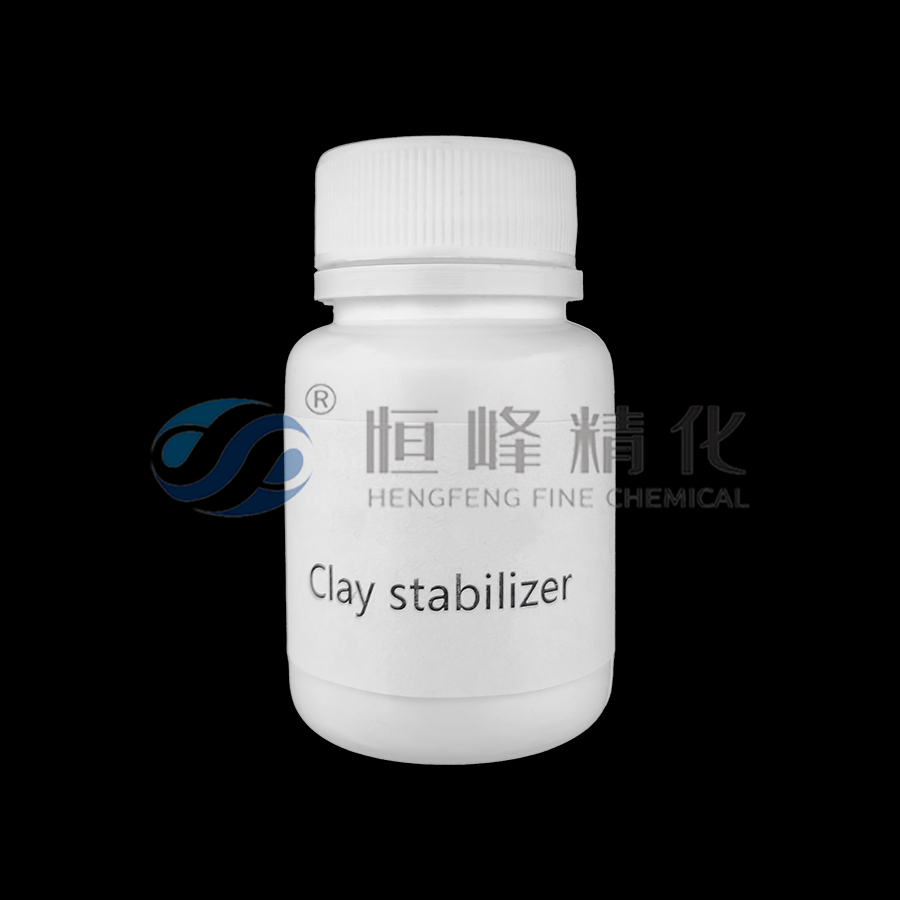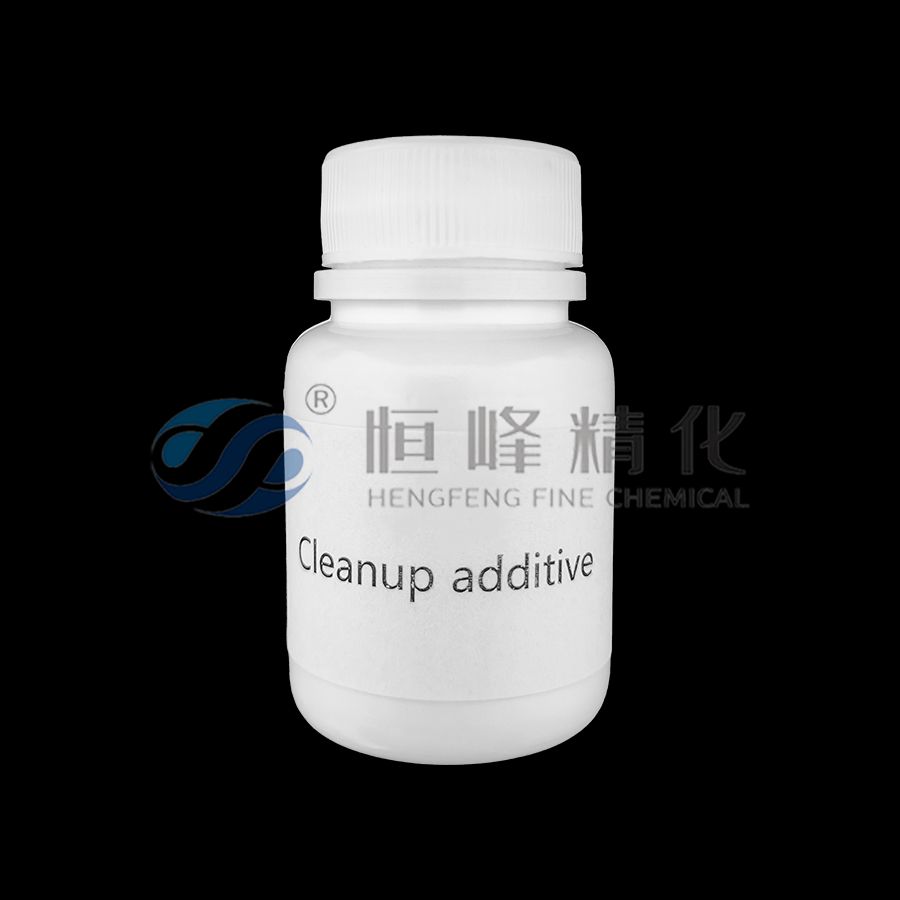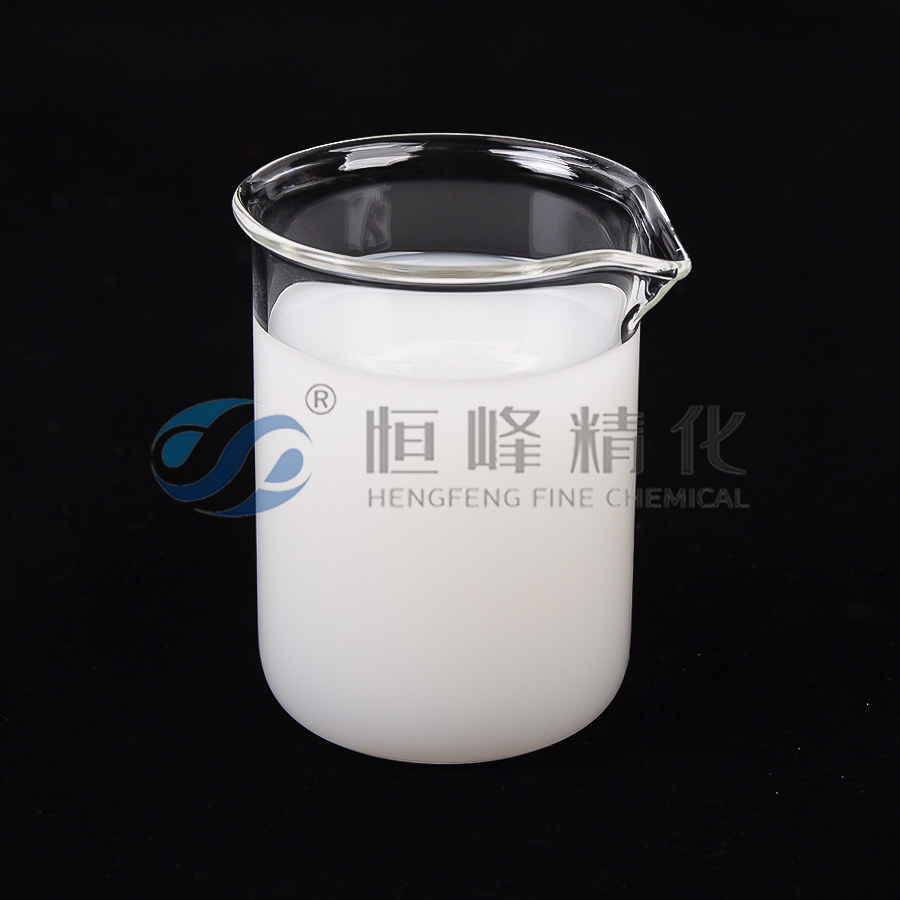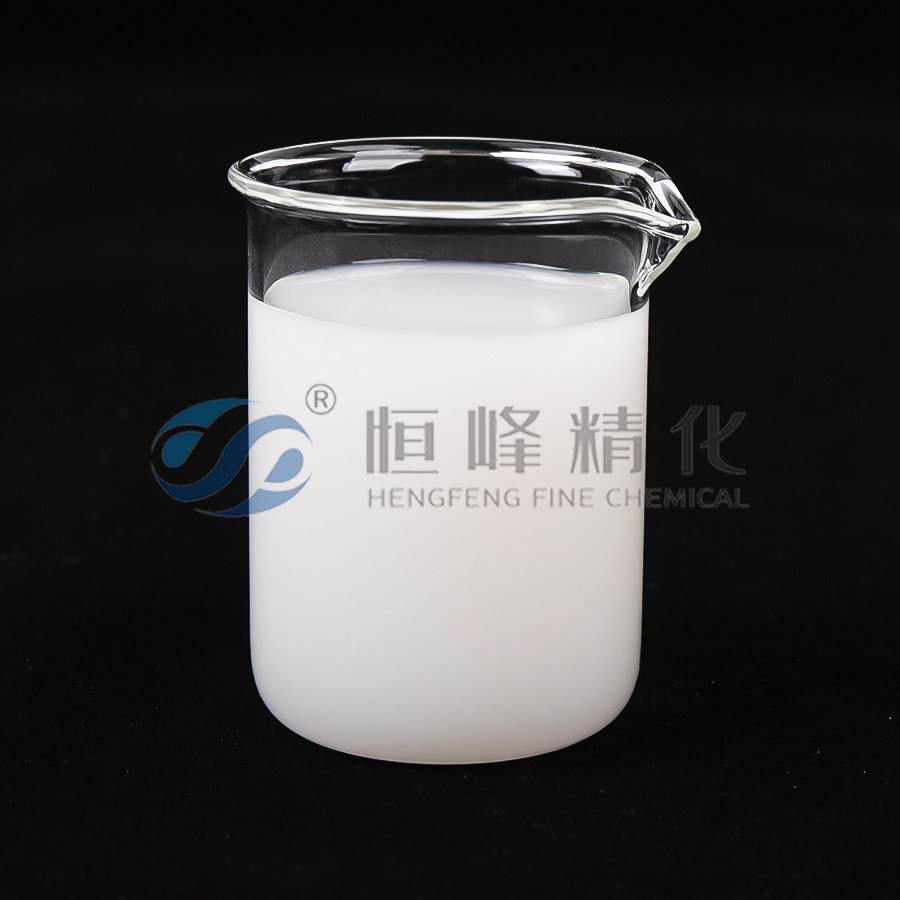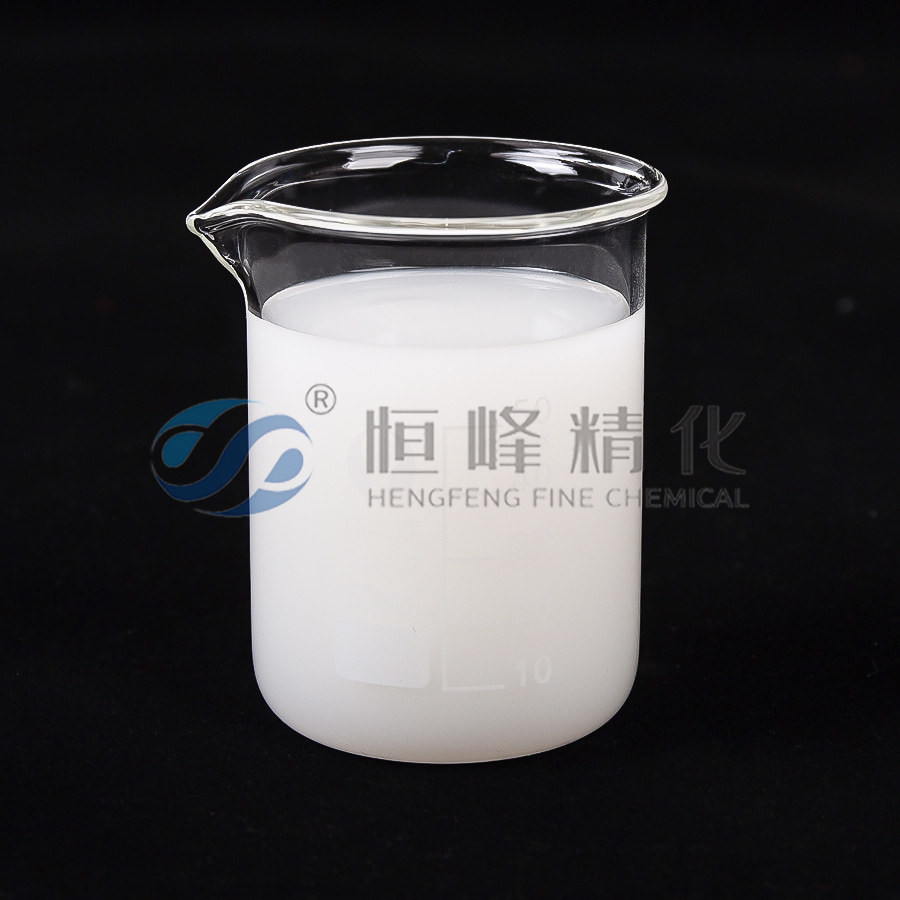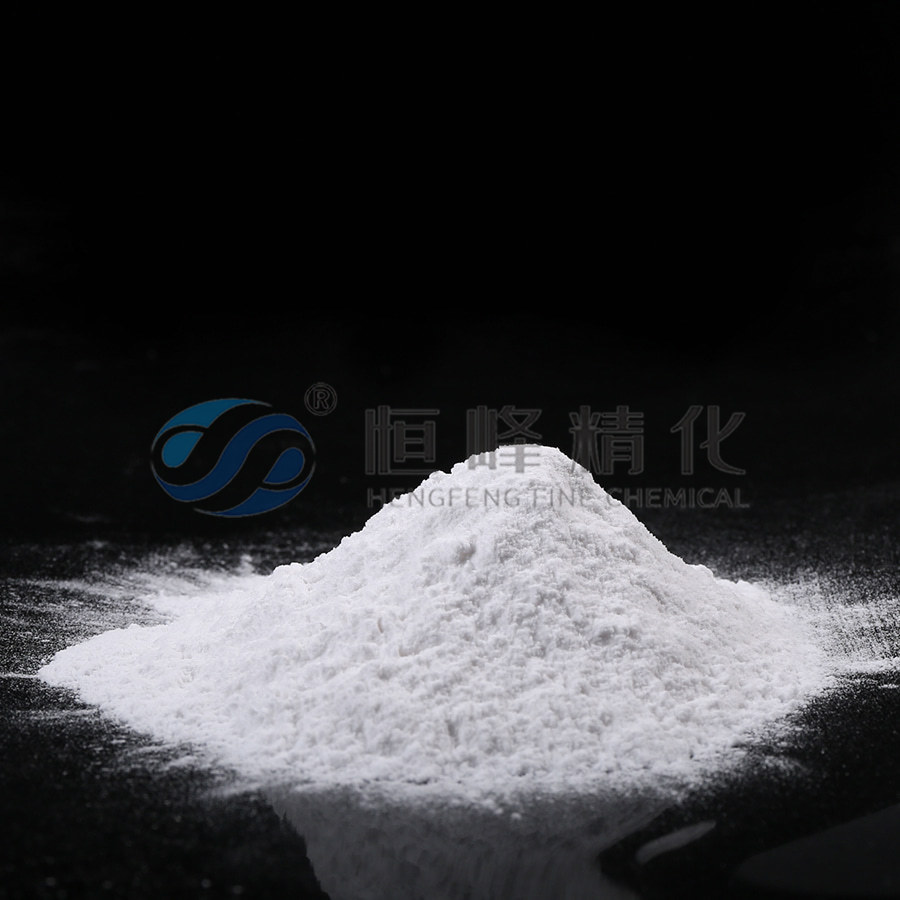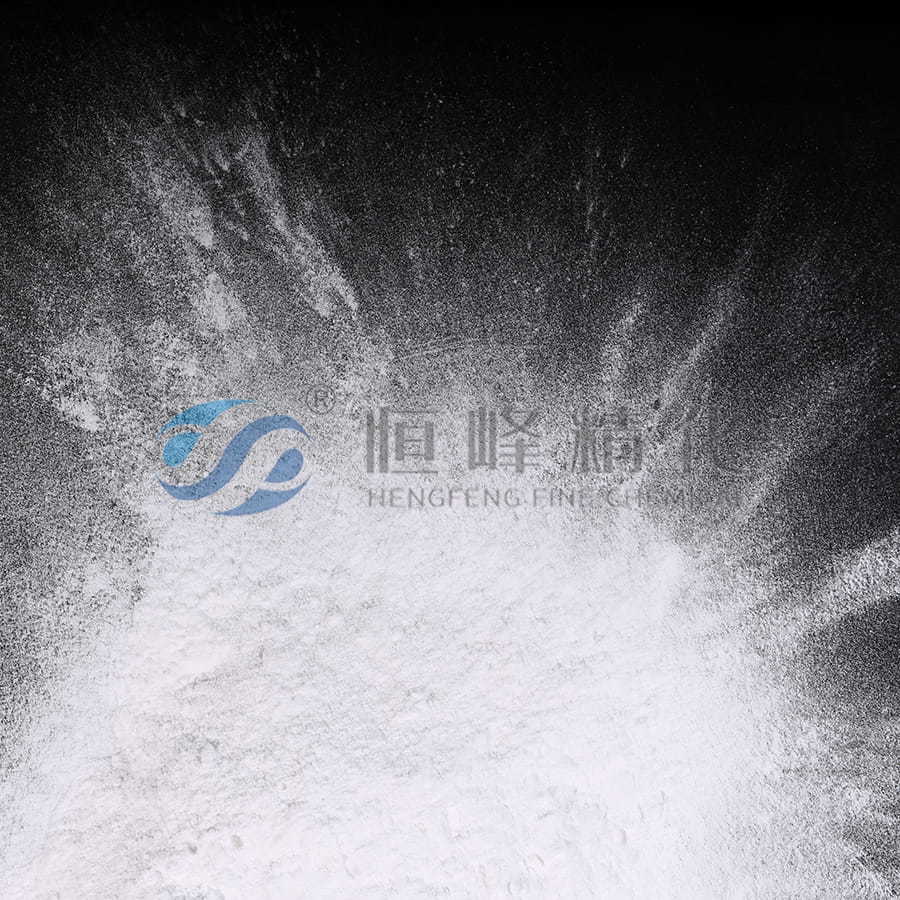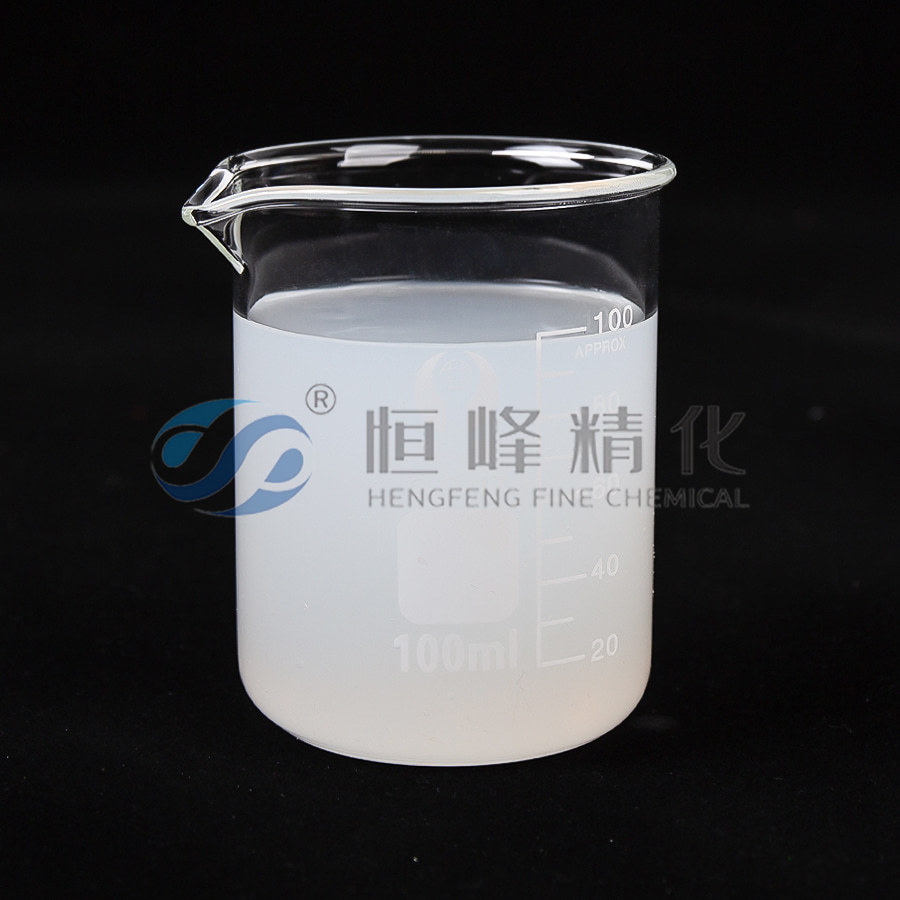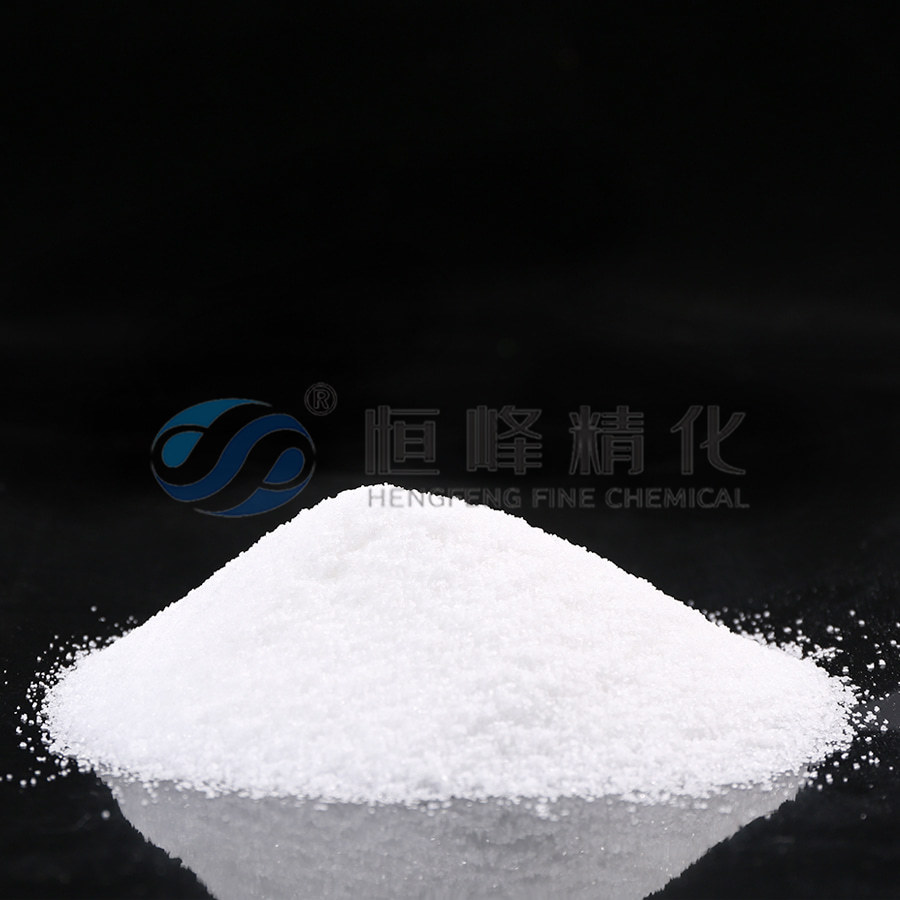How Cationic Polyacrylamide Emulsion Improves Sludge Dewatering
In modern wastewater treatment operations, cationic polyacrylamide emulsion plays a crucial role in enhancing sludge dewatering efficiency. This water-soluble polymer, commonly used as a flocculant, offers significant advantages in improving the separation of solid and liquid phases during the sludge treatment process. Its high reactivity, rapid dissolution rate, and strong flocculating performance make it ideal for a wide range of dewatering applications across industrial and municipal systems.
One of the notable strengths of cationic polyacrylamide emulsion is its ability to form tight and compact flocs during the sludge dewatering process. These flocs trap suspended particles effectively and accelerate sedimentation,support to a significant reduction in sludge volume and improved solid-liquid separation. This directly impacts the production of a drier sludge cake with higher solid content, which is easier and more cost-efficient to handle, transport, and dispose of.
The emulsion form of this polymer also brings operational benefits. Unlike powder polymers, cationic polyacrylamide emulsion dissolves quickly in water and exhibits fluidity, which helps treatment plants respond faster to changing influent conditions. Whether used in belt filter presses, screw presses, or centrifuges, it enhances the performance of dewatering equipment and helps reduce the load on downstream processes.
Cationic polyacrylamide emulsion is also valuable in flotation processes, where it improves the clarity of the effluent and enhances the throughput of air flotation units. By promoting the aggregation of fine particles and colloids, the polymer increases the buoyancy and separation efficiency of contaminants in the water, resulting in clearer effluent and greater operational efficiency.
Moreover, in filtration applications, the use of cationic polyacrylamide emulsion improves both the quality and speed of filtration. It supports better retention of fine solids on filter media, extends filter life, and minimizes clogging issues. In sedimentation and thickening systems, the emulsion aids in rapid particle settling and boosts concentration performance, making it ideal for pretreatment or sludge thickening units.
Despite its advantages, the use of cationic polyacrylamide emulsion does come with some challenges, such as higher material and transportation costs. However, these are often offset by the gains in efficiency, lower chemical consumption, and improved sludge handling outcomes.
In conclusion, cationic polyacrylamide emulsion is a vital component in achieving efficient, high-performance sludge dewatering. Its multifunctional role—from clarification and flocculation to filtration and thickening—makes it a preferred solution for treatment plants aiming for optimized operational results and better environmental compliance.


 English
English Español
Español عربى
عربى Русский
Русский Tiếng Việt
Tiếng Việt





